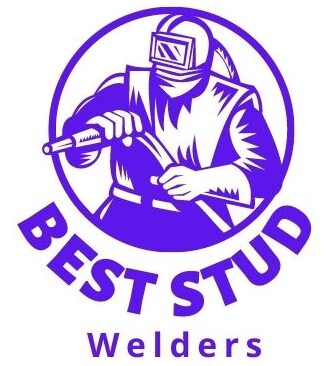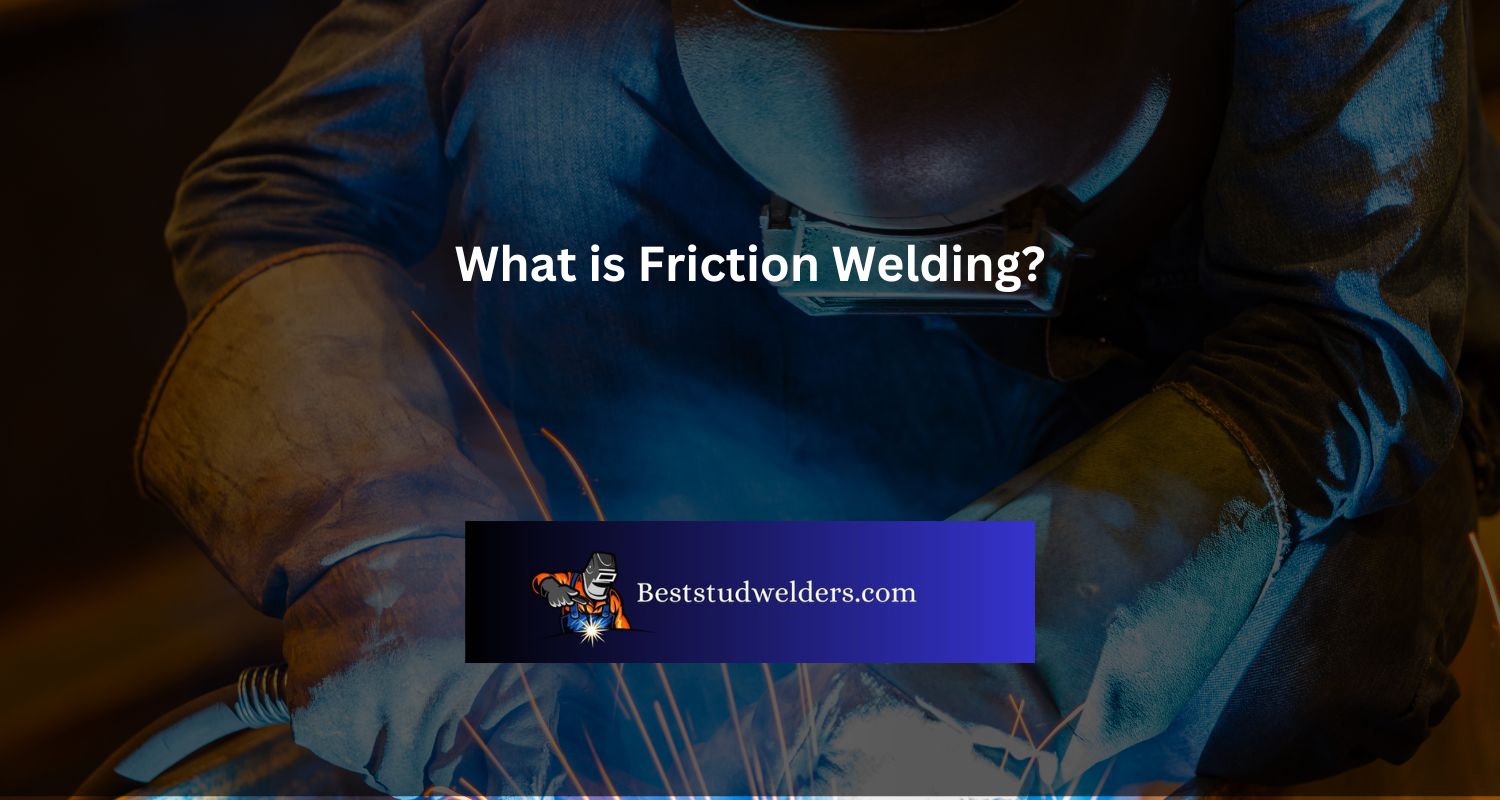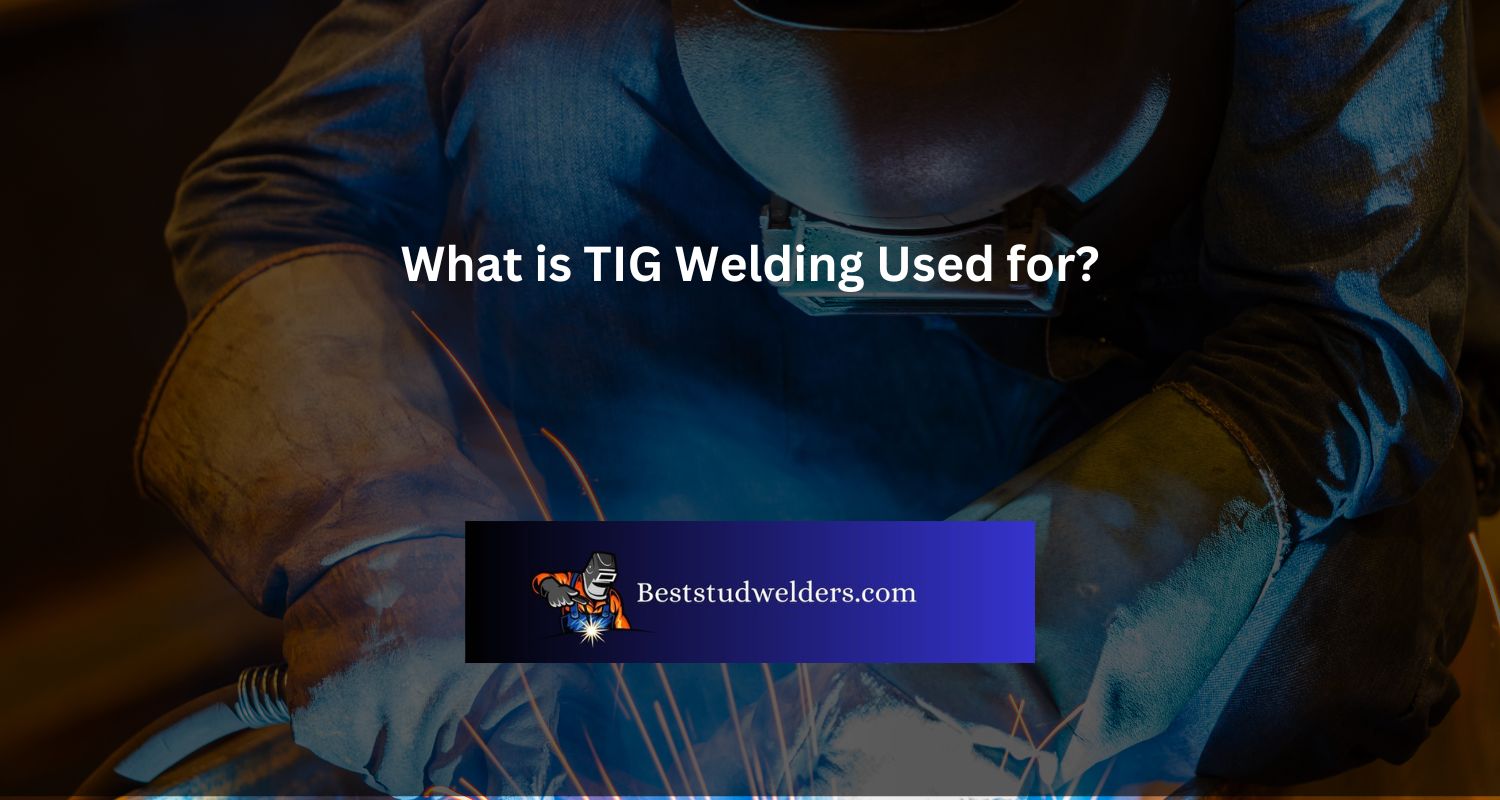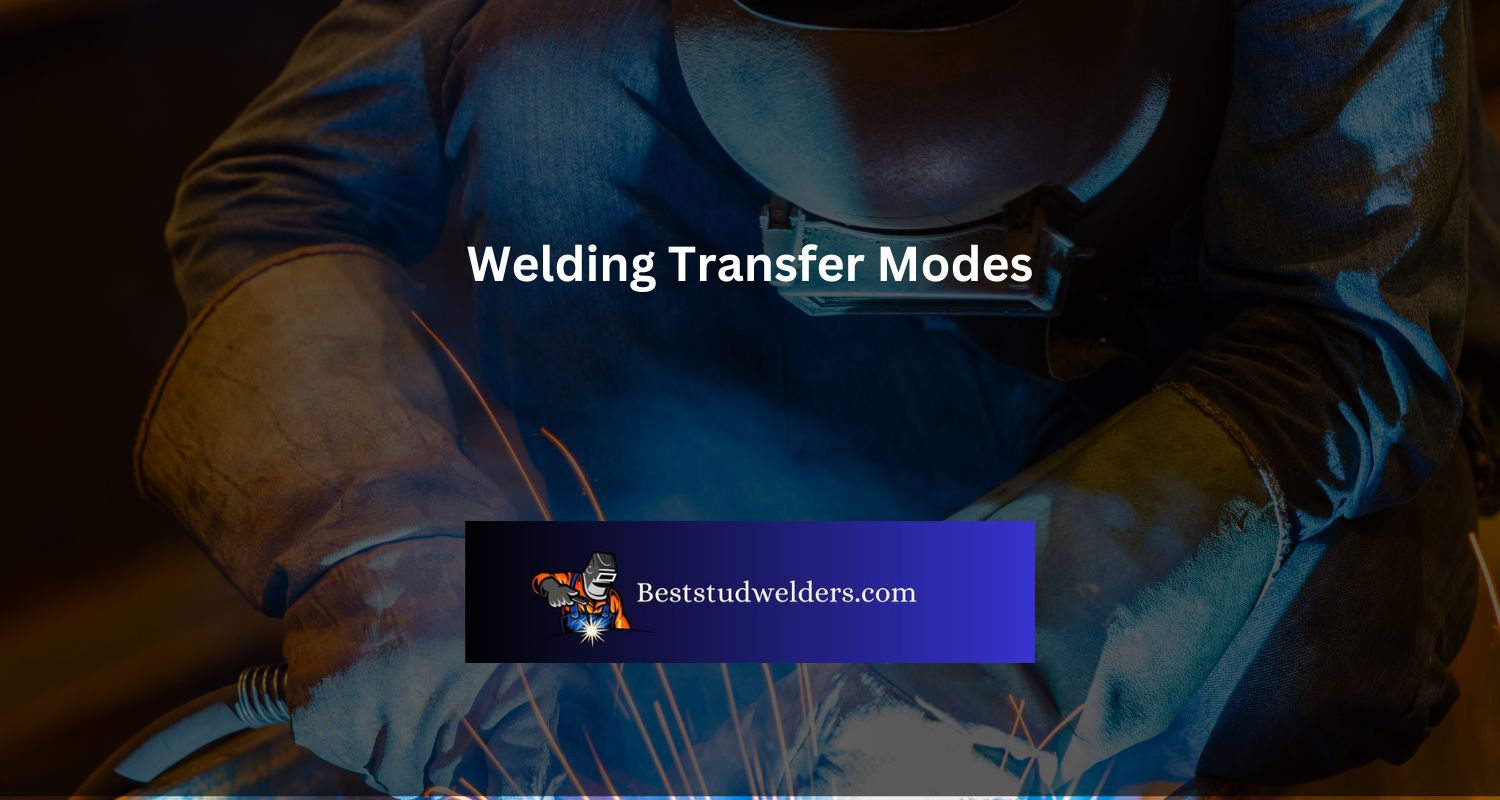So you’re new to welding and need some advice? I have good news.
Welding sheet metal requires a different style of weld than other thicker materials. The machine should be set up differently and you will have to use considerably more power with it as well because there’s less material.
The welding of sheet metal is a delicate procedure and every material demands an approach unique to its own.
This article will show you the fundamental ways to weld sheet metal, even if you are a professional welder.
Curious about what it takes for novice welders? Read on.
Welding sheet metal requires precision and expertise, with the choice of technique depending on the thickness of the metal. TIG welding uses a non-consumable tungsten electrode to produce clean and precise welds, while MIG welding is quicker and more efficient but can result in porosity if not done correctly. Understanding how to properly prepare the metal, select the appropriate filler material, maintain precise heat control, and use proper welding techniques are crucial to achieving quality welds. It is important to note that safety equipment, such as eye protection and gloves, should always be used during welding processes.
For TIG welding, start by thoroughly cleaning the surfaces to be welded with a wire brush or sandpaper before using a high-frequency start to begin the arc. Select an appropriate filler rod for the thickness of the metal being welded and maintain optimal heat control throughout the process. Properly positioning the torch angle at approximately 15 degrees with the filler rod helps achieve accurate weld beads.
MIG welding involves selecting an appropriate wire size for the thickness of metal being welded along with a suitable shielding gas mix. Set up your machine based on these requirements along with proper amperage settings before setting up your weld joint preparation. Maintaining proper angles and distances between your equipment will help achieve optimal results.
Remember to always follow safety guidelines when working with sheet metal in general, including using protective gear like vented goggles or face shields alongside appropriate shoes, gloves, and clothing. With practice and attention to detail alongside these tips, you should be able to produce quality welds.
Pro Tip: Practice on scrap pieces beforehand in order to get comfortable with recommended settings for your machine while minimizing errors on expensive materials.
Get your welding gear ready, because you’re about to transform sheet metal into a masterpiece.
Getting Ready to Weld Sheet Metal
To get ready for welding sheet metal using TIG and MIG tips, you need to take certain steps. Setting up the welding equipment and preparing the material are two crucial sub-sections to ensure a successful welding process. In this section, we will explore these sub-sections to help you understand the importance of getting ready before starting to weld sheet metal.
Setting up the Welding Equipment
If you want to prepare for welding sheet metal, understanding the process of setting up the necessary equipment is crucial. Below are five fundamental steps that can be helpful in ensuring an effective setup:
- Select the welding machine.
- Choose the appropriate polarity.
- Set up the workbench.
- Adjust ventilation and temperature levels.
- Check all safety equipment and tools.
While following these steps will put you on a good path towards preparing for welding sheet metal, it is important to note that each welder may have additional considerations depending on their specific needs and circumstances.
Don’t miss out on taking the required precautions before starting your welding preparations. By properly setting up your equipment, you can avoid mistakes that could lead to costly risks or accidents down the line. Remember to double-check all equipment and stay attentive throughout the entire process for maximum safety.
Get your sheet together, because it’s time to prepare the metal for welding!
Preparing the Material
To ensure a smooth welding experience, one must prepare the surface material adequately. Here are some steps to take when preparing the material for welding:
- Clean the surface thoroughly: Remove all dirt, oil and debris from the metal sheet using a degreaser or soap. This step ensures that there will be no contaminants that could weaken the weld.
- Remove any rust: Use a wire brush or sandpaper to scrape off any rust from the metal surface. If there is extensive rusting, consider replacing the damaged parts.
- Securely clamp or hold down the sheet: To prevent movement while welding, hold down or clamp securely onto a stable work surface.
It is essential to wear protective gear like gloves and goggles while preparing and welding sheet metals. Additionally, always select an appropriate filler metal for your specific type of material before beginning to weld. Following these safety precautions can avoid accidents and ensure quality welds.
When it comes to welding, TIG and MIG have more in common than just being cool names for robots.
.jpg)
How to Weld Sheet Metal Using TIG and MIG Tips
To master the art of welding sheet metal, you need to know how to use TIG and MIG welding techniques. In order to do that, you must first understand the basics of each technique. This section, “How to Weld Sheet Metal Using TIG and MIG Tips,” with its sub-sections “Understanding TIG Welding for Sheet Metal” and “Understanding MIG Welding for Sheet Metal” can provide you with the knowledge you need to excel in welding sheet metal.
Understanding TIG Welding for Sheet Metal
For Sheet Metal Welding, an in-depth understanding of TIG welding is crucial. TIG welders use consumable tungsten electrode to produce a clean and precise weld on various metal types with low heat input.
The following table summarizes the key factors to consider when TIG welding sheet metal for a successful outcome.
| Factors | Explanation |
|---|---|
| Equipment | Choose a reliable TIG machine that can handle thin sheet metals, make sure electrode size matches material thickness. |
| Material Selection | Use high-quality and pure material without any coatings or oils to avoid weld imperfections. |
| Preparation | Proper cleaning, cutting, and clamping will ensure adequate welding space and minimize contamination risks |
| Technique | Ensure proper filler rod selection and feed rate with shorter arc length for better quality control. |
Stray wire burns quickly and causes significant warping requiring considerable filling later on.
When getting started, use low amperage settings to reduce the risk of burning through the metal surface while ensuring suitable penetration depth.
For optimum results when finishing welding, grind down any burn marks or excess filler rods carefully.
It’s worth testing several iterations of materials, equipment setups, and techniques before starting a critical project. By doing so, you can assess your equipment’s capabilities and adjust accordingly.
These tips are going to enable you to tackle welding challenges while avoiding common pitfalls – resulting in better overall performance.
Get ready to fuse metal like a boss with these TIG welding tips – and don’t forget your cool welding shades!
TIG Welding Process
For TIG welding, a tungsten electrode is used to create an arc that melts the metal being welded. The filler metal is manually added to create the weld bead.
| Tungsten Electrode | Filler Metal |
| Non-consumable | Manually added |
To ensure proper heat control and prevent warping, it’s important to use a slow and steady motion when adding the filler metal. Additionally, it’s crucial to have clean and properly prepared surfaces before starting.
Pro Tip: Practice on scrap pieces of sheet metal before tackling your actual project.
Get ready to unleash your inner artist as we dive into the delicate and complex world of TIG welding techniques.
TIG Welding Techniques
TIG Welding Techniques involve different methods of Tungsten Inert Gas welding that offer precise and clean results for sheet metal. The process uses a non-consumable tungsten electrode, regulating the heat as filler metal is manually added to form the joint.
In terms of technique, TIG welding involves manipulating a torch in various styles to create the perfect weld. The most common techniques are called “walking the cup,” “freehand,” and “stacking dimes.” Each method requires steady hands and consistency.
The table below outlines some TIG welding techniques and their unique features:
| Technique | Features |
|---|---|
| Walking the Cup | Precise, uniform welds |
| Freehand | High flexibility and mobility |
| Stacking Dimes | Aesthetically pleasing and highly consistent |
It’s important to note that no single TIG welding technique is better than any other. Their effectiveness solely depends on an individual’s comfort level and what produces consistent, quality work.
In addition to these techniques, it’s essential to maintain proper cleanliness of both equipment and materials before beginning any welding project. According to Miller Electric Manufacturing Co., “the key to a successful TIG weld is cleaning all contaminants from the materials thoroughly before you start.”
With a combination of these essential practices, one can master the art of TIG welding with ease. Get ready to MIG-nify your sheet metal skills and become a welding wizard.
Understanding MIG Welding for Sheet Metal
MIG Welding for Sheet Metal is a process of joining thin metal sheets together using a MIG welder. The technique requires specific weld wire, power settings and proper welding techniques to obtain the right result.
Follow these 3 steps to understand MIG welding for sheet metal:
- Prepare your workpiece by thoroughly cleaning it to ensure there is no debris or rust on the surface.
- Choose a suitable gas mixture such as Argon, Helium or a blend to protect the molten metal from air and contaminants during welding.
- Select an appropriate wire size and type (e.g., ER70S-6) based on the thickness of your base material and prepare it according to manufacturer instructions before feeding it into the MIG gun and adjusting current settings as required.
It’s important to note that controlling heat input is critical when MIG welding thin metal sheets. If you notice warping or burning along the edges, reduce your amperage setting or move faster.
When using this technique, achieving proper penetration can be challenging due to the small size of most sheet metal processes. A good rule is to use approximately one ampere per .001″ thickness of material being welded.
For example, I once had a project involving a 1950s car where rust had taken over very thin gauge sheet metal areas near the rear quarter panel trim. By properly following these steps, I was able to successfully replicate the factory welds without distorting or burning through the panels.
MIG welding may sound like a sci-fi term, but it’s actually just a fancy way of saying ‘melting metal together with electricity’.
MIG Welding Process
MIG Welding Process involves joining sheet metal through a continuously fed consumable electrode wire. The wire melts and generates heat that joins the metal workpieces together with the assistance of an inert gas or mixture of gases.
Below is a table highlighting essential information about MIG Welding Process, including advantages and disadvantages, equipment required, and commonly used materials.
| Advantages | Fast and easy to learn |
| Disadvantages | Requires clean surfaces for quality welds |
| Equipment Required: | MIG Welder, Shielding Gas Tank or Cylinder, MIG Gun and Wire Feeder System, Ground Clamp, Protective Gear (Helmet, Gloves, Apron) |
| Materials Commonly Used: | Mild Steel, Stainless Steel, Aluminum Alloys |
For best results with MIG Welding Process on sheet metal, choose a low-heat setting to avoid warping or burning the material. Begin welding from one end of the seam slowly while moving back and forth across it to distribute even heat.
Pro Tip: Ensure the proper shielding gas is used for each type of metal being welded since different metals require different gasses.
Why settle for a mediocre MIG weld when you can achieve a masterpiece with these expert techniques?
MIG Welding Techniques
MIG Welding Techniques – The Effective Ways
A critical aspect of MIG welding involves using the appropriate techniques. The right techniques ensure that your welds are strong, durable and of high quality. Here are some effective ways to enhance your MIG welding techniques.
| Technique | Description |
|---|---|
| Push or Drag | This technique determines the direction of your gun travel as you weld. Pushing is ideal for thin metals while dragging is better suited for thicker materials. |
| Stringer Bead | Produces a narrow and long bead with maximum penetration and concentration of heat. Suitable for thinner metals. |
| Weaving Technique | Uses a side-to-side motion to increase the width of the weld puddle, which enables better fusion with thicker metals. Ideal for fillets and maintaining consistent heat distribution. |
Weld height is critical in both flat and vertical positions, so it’s essential to maintain the correct gun angle during welding to avoid poor penetration or incomplete fusion.
Pro Tip: It’s best to practice these techniques on scrap metal before moving onto actual projects.
Welding may seem like a hot job, but with these tips, you’ll be able to keep your cool and produce some hot welds.
Tips for Successful Welding
To master the art of welding sheet metal using TIG and MIG, you need to follow some tips for successful welding. You can start by choosing the right filler metal, controlling heat input, managing distortion, and ensuring proper weld joint fit-up, to get the best results. Let’s dive in to explore each of these tips in detail.
Choosing the Right Filler Metal
To ensure successful welding, it is crucial to select the most appropriate filler metal for the task at hand. This decision is dependent on factors such as the base metal being used, the joint design, and the intended application of the final product.
Below is a table detailing some common filler metals and their corresponding uses:
| Filler Metal | Base Metal Type | Joint Design | Final Application |
|---|---|---|---|
| ER70S-6 | Mild Steel | Butt joint | General purpose |
| ER309L | Stainless Steel | Fillet joint | Corrosion resistance |
| ER5356 | Aluminum | Lap joint | Marine applications |
Selecting a suitable filler metal can lead to improved strength, durability and corrosion resistance of a welded joint. It can also prevent cracking and other defects in the welds.
It is important to note that selecting the correct filler metal requires careful consideration of several factors beyond base metal type and joint design. These may include weld position, available equipment, and environmental conditions during welding.
Based on these aspects, it is necessary to take certain steps before choosing a filler material. They include:
- analyzing job requirements from an economic viewpoint
- acquiring experience with various filler metals and processes by education or experimentation
- consulting manufacturer determinations for electrode selection where applicable
- assessing specifications thoroughly when designing jobs that entail many different welding procedures
Overall welding success hinges on the use of proper materials as well as an understanding of how to apply them effectively. By choosing the right filler metal while keeping key factors in mind, welders can produce high-quality joints with maximum performance and longevity.
Trying to control heat input while welding is like trying to tame a fire-breathing dragon with a water pistol.
Controlling Heat Input
Controlling the Welding Temperature
Proper heat input is crucial for ensuring high-quality welding. Using too much heat can cause unwanted distortion, while too little heat can result in a weak or incomplete weld. To control the welding temperature effectively, consider the following factors:
| Factor | Importance | Tips |
|---|---|---|
| Joint Size | High | Use smaller electrodes or split larger joints into smaller ones |
| Welding Speed | High | Control speed to ensure adequate heating and cooling times |
| Electrode Size | Medium | Choose an electrode size that matches the desired penetration depth |
| Distance from Base Metal | Medium | Maintain a consistent distance to avoid changes in heat input |
Unique tip: It’s essential to monitor the temperature of the base metal before, during, and after welding to ensure proper heating.
Don’t overlook the importance of controlling your welding temperature. By implementing these tips, you can improve your welding quality and avoid costly mistakes. Start regulating your welding temperature today for better results! Warped metal may be great for abstract art, but for successful welding, it’s all about managing distortion.
Managing Distortion
Welding can distort the shape of the metal and may cause a significant problem, making it unusable. To prevent distortion while welding, proper preparation is essential.
To manage distortion during welding, consider pre-heating the metal before welding as it relaxes residual stresses in the metal. Proper selection of wire diameter and filler rods also helps reduce deformation by controlling heat input. Additionally, carefully plan the sequence of welds to balance distortion across the material evenly.
Another essential technique to control distortion during welding is clamping or jigging. Clamping will restrict movement in less developed areas of welding by spreading forces evenly onto the material’s neighboring area.
An excellent example of managing distortion for practical application involves repairing heavy equipment brackets on a logging tractor to secure hydraulic cylinders’ mountings. With proper planning, sequential welds were performed with a controlled temperature that maintained uniform shrinkage throughout the brackets. The end result was greatly reduced distortion and improved durability of the repaired component.
Managing distortion during welding requires preparation, planning, and careful execution to create high-quality connections without distorting materials significantly. By utilizing effective tools such as heat balance management techniques, sequence planning, and clamping/jigging methods, successful outputs are achievable without undue consequences that could render products unusable or unstable over time.
When it comes to welding, remember: a good fit-up is like a good relationship – it needs to be tight and precise to avoid any shocking surprises later on.
Ensuring Proper Weld Joint Fit-Up
A Crucial Aspect for Seamless Welding: Proper Joint Alignment
The success of any welding process heavily depends on the proper alignment of the joint to ensure better join strength. Here’s how you can ensure accurate joint alignment.
- Ensure Clean Surfaces: Before beginning the welding process, clean both sides of the joint thoroughly to remove any rust, paint or contaminants using a wire brush or grinding wheel.
- Fit-up Test: You should conduct a fit-up test before starting the welding process. The test will identify potential fitting issues and other variables that may affect your welding results.
- Check for Gaps and Angles: Make sure to carefully check the areas where gaps and angles are expected to occur during the fitting process.
- Use Clamps and Tack Welds: Clamps enable holding pieces together while tack welds are used to secure them in place temporarily before executing full welding processes.
- Evaluate And Modify: Regularly evaluate your work because errors can always arise at any phase. Based on evaluations, modify and improve on processes for better results.
When trying to ensure proper fit-up, one must pay attention to minute details such as selecting the appropriate materials needed for each particular project.
Pro Tip: Ensure that all tools used in welding procedures are suitably cleaned and maintain their respective working conditions.
Remember, when it comes to welding, success is all about sticking with it.
Conclusion
After learning how to weld sheet metal using TIG and MIG tips, it is evident that the process requires different techniques and skills for each method. In summary, TIG welding is best suited for thinner metals due to its precision, while MIG welding is ideal for thicker metals due to its speed and ease of use.
Additionally, it is important to note that both methods require proper preparation and control of temperature and settings to ensure a strong weld. Moreover, the choice of filler material and shielding gas can also impact the quality of the final product.
For a successful sheet metal weld, it is crucial to have steady hands and practice patience. Taking breaks during the process can help reduce fatigue and increase concentration. Remember to always prioritize safety by wearing appropriate gear such as gloves, glasses, helmets, and clothing.
Pro Tip: Before starting any welding project, be sure to thoroughly clean the metal surface to remove any dirt or debris that could impact the weld quality.
Frequently Asked Questions
What is TIG welding and how is it used to weld sheet metal?
TIG welding, also known as Gas Tungsten Arc Welding (GTAW), uses a non-consumable tungsten electrode to create the arc for welding. The welder then adds filler metal to the joint to connect the two pieces of sheet metal.
What is MIG welding and how is it used to weld sheet metal?
MIG welding, also known as Gas Metal Arc Welding (GMAW), uses a consumable wire electrode that is fed through a spool to create the arc for welding. The welder then pushes the trigger and the wire melts into the joint to connect the two pieces of sheet metal.
Which type of welding is better for welding sheet metal, TIG or MIG?
TIG welding is generally considered better for welding sheet metal because it produces a cleaner, stronger weld with less distortion. MIG welding is easier and faster, but may require more cleanup and can cause more heat distortion.
What type of gas should I use for sheet metal welding?
For TIG welding, pure argon is the most commonly used gas for sheet metal welding. For MIG welding, a mix of 75% argon and 25% carbon dioxide is commonly used.
What thickness of sheet metal can be welded using TIG and MIG?
Both TIG and MIG welding can be used to weld sheet metal ranging from 26 gauge to 1/4 inch thick, depending on the equipment and welding technique used.
What are some tips for welding sheet metal using TIG and MIG?
Some tips for welding sheet metal include using the correct amount of heat and welding technique, using the correct type of filler metal, and clamping the pieces tightly to prevent warping or distortion during the welding process.
Paul Dixon is a certified welder with a wealth of experience in welding and related technologies. He started his career as an apprenticeship in welding, where he learned the ropes and acquired extensive skills in the craft.
Over the years, Paul has continued to sharpen his expertise, earning him top-rated welding certification. He remains one of the most outstanding welders in the industry.







